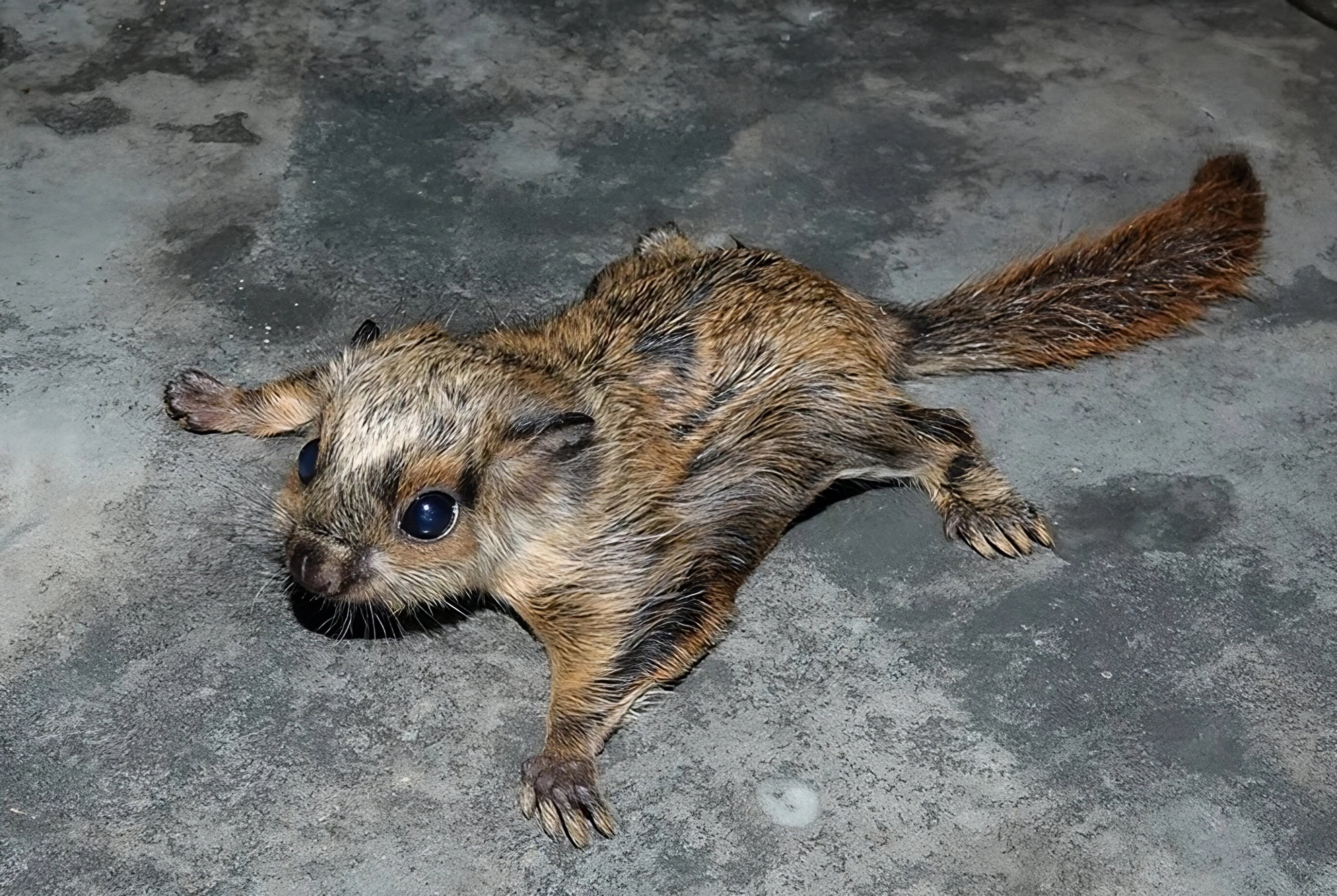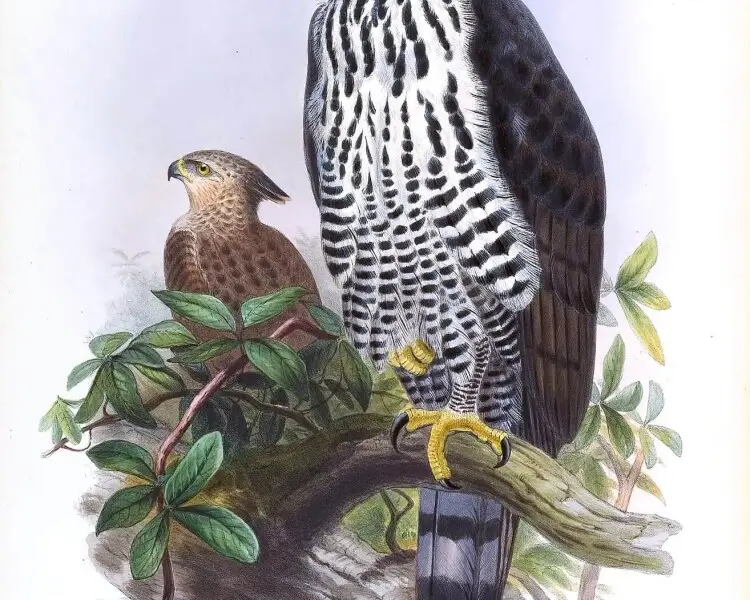The Majestic Spizaëtus Nipalensis Alboniger: A Closer Look At The Mountain Hawk-eagle
Share
The Spizaëtus nipalensis alboniger, commonly known as the Mountain Hawk-Eagle, is a remarkable bird of prey belonging to the family Accipitridae. This subspecies is a striking example of avian beauty and prowess, found in the mountainous regions of Southeast Asia. In this article, we will explore the taxonomy, physical characteristics, habitat, diet, behavior, reproduction, and conservation status of this magnificent eagle.

Taxonomy
The Mountain Hawk-Eagle is classified under the order Falconiformes, which encompasses various birds of prey. Within this order, it belongs to the family Accipitridae, which includes eagles, hawks, and kites. The suborder is Falcones, and it falls under the subfamily Buteoninae. The species name is Spizaëtus nipalensis, with the subspecies being alboniger. The type specimen was first described by Edward Blyth in 1845, and it is primarily found in regions ranging from the mountains of southern Tenasserim to the Malay Peninsula, southwestern Siam, Sumatra, and Borneo.
Physical Characteristics
The Mountain Hawk-Eagle is known for its striking appearance. It has a robust body, a strong beak, and powerful talons, which are essential for hunting. The plumage is predominantly dark brown with white markings, particularly on the head and underparts. Adult birds exhibit a distinctive crest, which adds to their regal appearance. The wings are long and broad, allowing for impressive soaring capabilities.

Habitat
This eagle prefers mountainous and hilly terrains, often found at elevations ranging from 1,000 to 2,500 meters. The Mountain Hawk-Eagle inhabits dense forests, open woodlands, and areas near rivers and streams. Its range extends across southern Tenasserim, the Malay Peninsula, and the islands of Sumatra and Borneo, where it can be seen soaring majestically above the treetops.
Diet
The Mountain Hawk-Eagle is a carnivorous bird, primarily preying on small mammals, birds, and reptiles. Its diet may include species such as squirrels, rodents, and various birds, which it captures using its keen eyesight and swift flight. The eagle often hunts from a perch, scanning the ground for potential prey before launching into a rapid dive.

Behavior
This eagle is known for its solitary nature, often seen alone or in pairs during the breeding season. It is an agile flier, capable of impressive aerial displays. The Mountain Hawk-Eagle is also known for its vocalizations, which include a series of high-pitched calls that can be heard during courtship and territorial displays.

Reproduction
The breeding season for the Mountain Hawk-Eagle typically occurs between January and March. The female lays two to three eggs in a nest built high in the trees, often using sticks and foliage. Both parents participate in incubating the eggs and caring for the chicks once they hatch. The young eagles fledge after about 60 to 70 days but may remain dependent on their parents for several months.
Conservation Status
The Mountain Hawk-Eagle is currently classified as Least Concern by the IUCN Red List. However, habitat loss due to deforestation and human encroachment poses a threat to its population. Conservation efforts are essential to ensure the survival of this magnificent bird and its habitat.
Birdwatching Tips
For birdwatchers interested in observing the Mountain Hawk-Eagle, the best locations are mountainous regions and national parks in Southeast Asia. Early morning or late afternoon are ideal times for spotting these eagles as they are most active during these hours. Binoculars and a good camera can enhance the experience, allowing for closer views of this majestic bird in its natural habitat.
The Spizaëtus nipalensis alboniger is not just a bird of prey; it is a symbol of the rich biodiversity found in Southeast Asia. Its presence in the ecosystem highlights the importance of conservation efforts to protect these magnificent creatures and their habitats. Observing the Mountain Hawk-Eagle in the wild is a breathtaking experience that reminds us of the beauty and complexity of nature.
